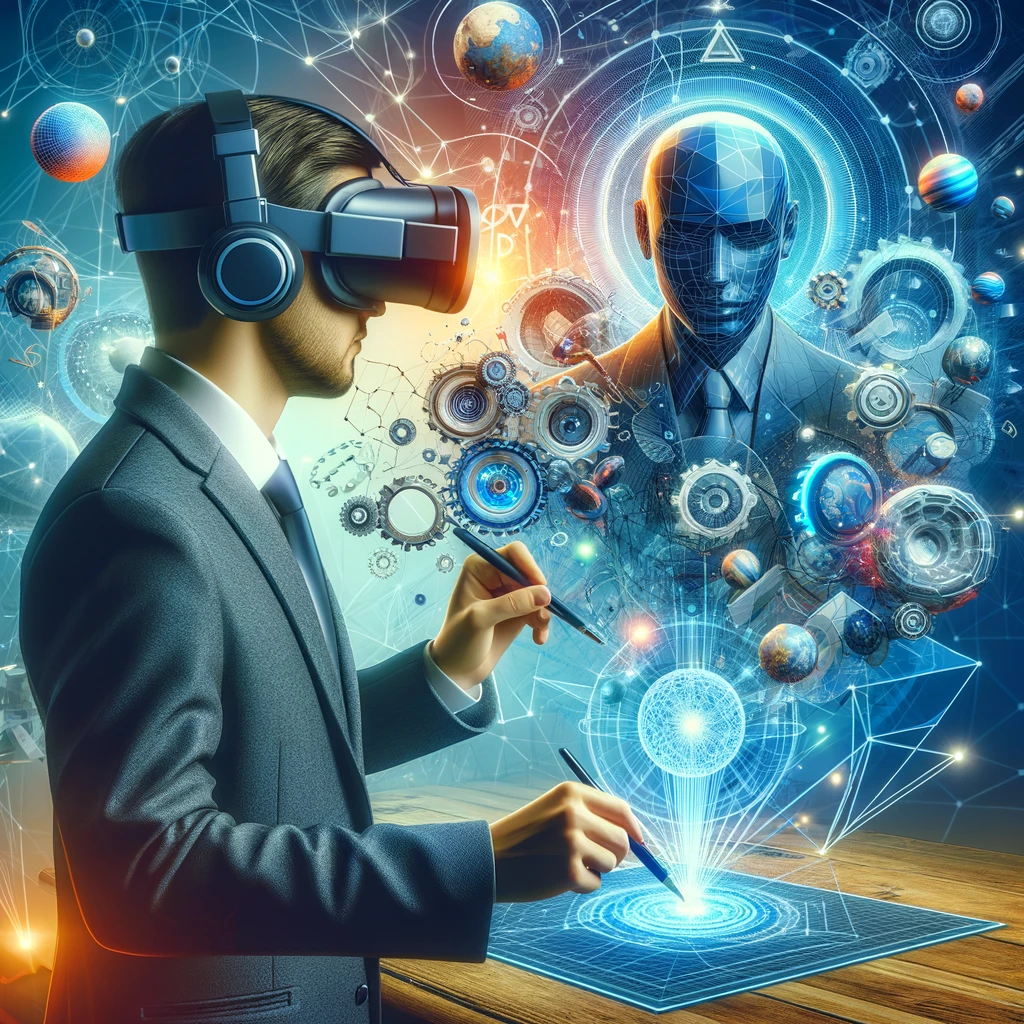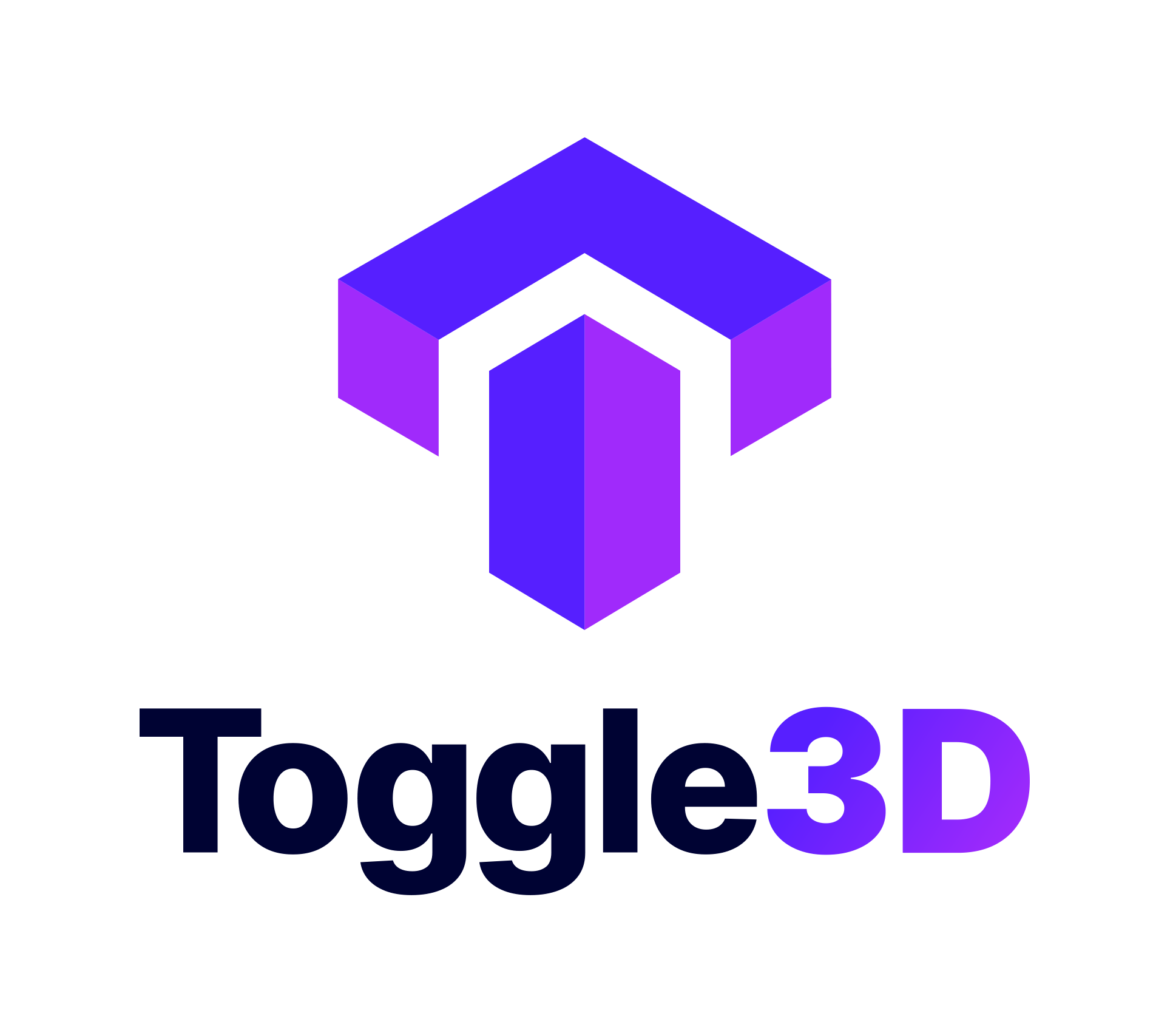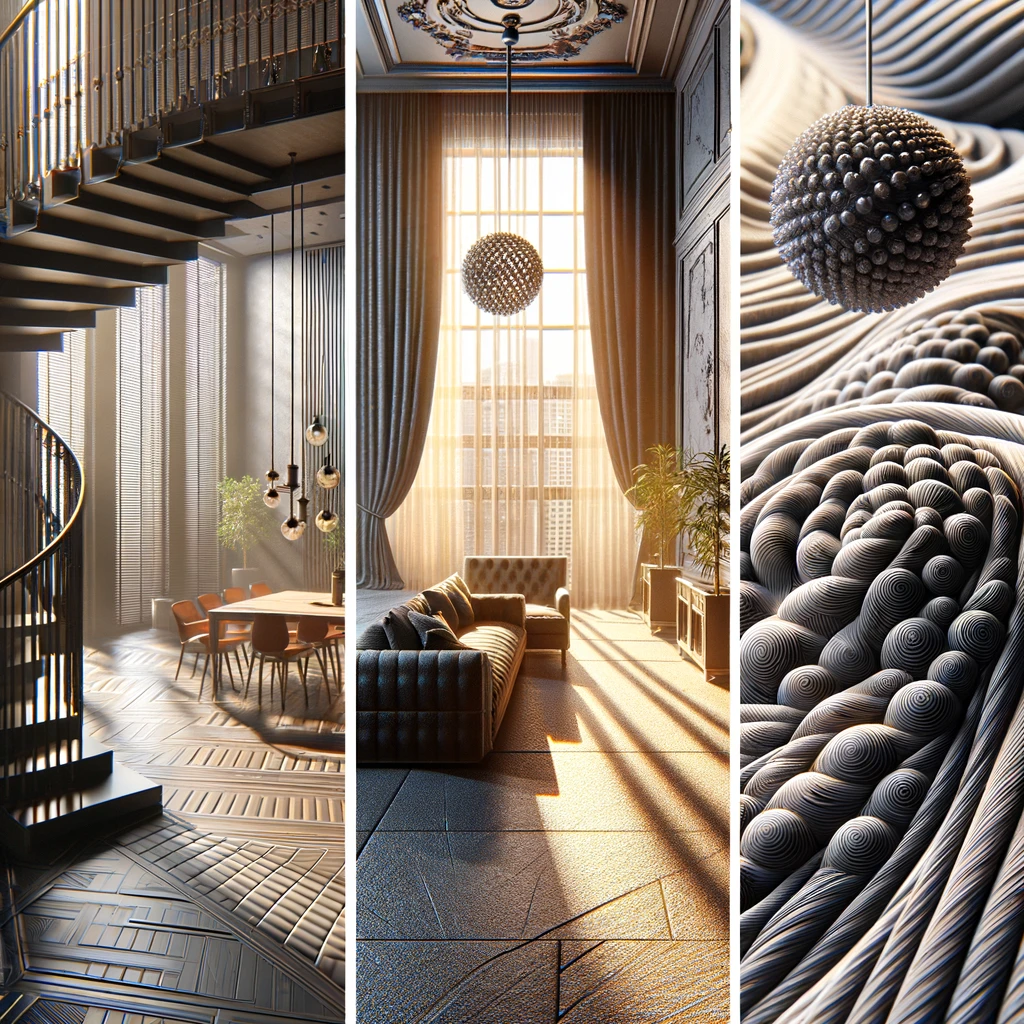The digital landscape is evolving at an unprecedented rate, and the infusion of Virtual Reality (VR) technology into 3D design is reshaping our perception of space and creativity. As VR technology becomes more accessible, designers and artists are finding new ways to express their visions, creating immersive experiences that transcend traditional boundaries.
In the realm of 3D modeling, VR adds a new dimension, allowing designers to step inside their creations and interact with them in real-time. This immersive approach not only enhances the design process but also provides a unique perspective that can lead to more intuitive and organic creations. The tactile feedback and scale perception offered by VR technology enable artists to experience their designs in a way that was previously unimaginable.
Furthermore, VR's impact extends beyond individual creativity. It fosters collaborative environments where teams, separated by geographical boundaries, can come together in a shared virtual space. This collaborative potential of VR is transforming how projects are conceived, developed, and refined.
However, the benefits of VR in 3D design are not limited to the professional sphere. Education and training are seeing a paradigm shift as VR enables an interactive learning environment. Students and professionals can now explore complex structures, mechanical workings, and architectural designs from the inside, enhancing their understanding and retention of information.
Despite its many advantages, the integration of VR into 3D modeling is not without challenges. The high cost of VR hardware and the need for powerful computing resources can be barriers to widespread adoption. However, as technology advances, these obstacles are becoming less significant, making VR more accessible to a broader audience.
As we look to the future, the role of VR in 3D design is set to grow even more. With advancements in haptic feedback, spatial audio, and visual fidelity, the line between the virtual and the real continues to blur. Designers are only just beginning to tap into the potential of this technology, and its full impact on the industry is yet to be seen.
In conclusion, VR is not just a tool for 3D designers; it is a gateway to new realms of creativity and collaboration. As technology progresses, we can expect to see even more innovative uses of VR in design, further enhancing our ability to visualize, create, and experience the three-dimensional world.
The Rise of Virtual Reality: How VR is Shaping the World of 3D Design
By Toggle3D.ai on Mar 11, 2024 4:16:02 PM
1 min read





